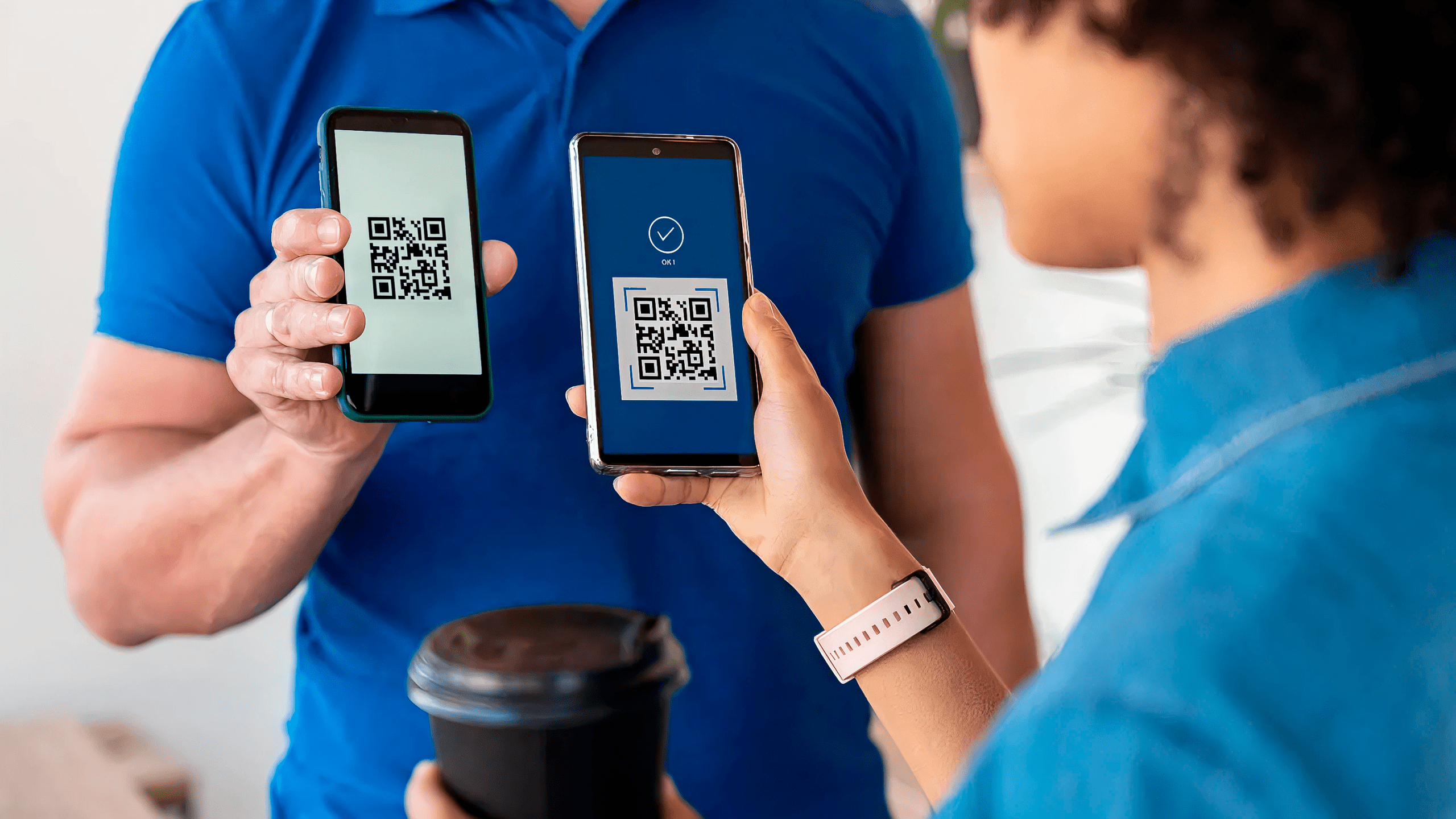
From scanning to transformation: how QR payments are rewriting the market.
While some talk about biometrics and neuropayments, Russia is experiencing its own local payment revolution — quiet but large-scale. At the forefront are QR codes via the Fast Payment System (FPS), which are confidently displacing plastic cards from everyday use.
From the cash register to the wallet: where is the payment market heading?
The sphere of non-cash payments has been undergoing a large-scale transformation in recent years. Contactless cards, mobile wallets, tokenized payments — all this has become part of our new reality. The payment infrastructure in Russia is also changing rapidly. If earlier the main method of non-cash payments were plastic cards, now a mobile phone and QR code are increasingly used. The technology is being implemented especially actively in trade and service.
At first glance, it is just another payment method. In fact, it is a potential foundation for a new payment architecture, where traditional bank cards may lose their former influence. It sounds ambitious, but trends confirm: QR payments are not a fad, they are the infrastructure of the future.
What are checkout links and why are they important?
A checkout link is a type of dynamic QR code that is automatically generated at the time of purchase. It contains key payment parameters: amount, recipient, currency. The user simply scans the code through the banking application and instantly confirms the payment.
Unlike traditional acquiring, where the payment goes through international payment systems with a commission, QR codes through the SBP transfer money directly – from the buyer’s account to the seller’s account, bypassing intermediaries. Faster. Cheaper. More reliable.
The numbers speak for themselves
According to the Bank of Russia, in 2023, more than 13.4 billion transactions worth 69.5 trillion rubles were carried out through the SBP – this is twice as much as the year before. And what’s more important, almost 2.2 million retail outlets in the country have connected to QR code payment acceptance.
On average, 45 million transactions were processed via the SBP per day. The forecast for 2025 is a 25% increase and at least 325 million transactions per quarter. This is no longer a niche technology — it is a mass payment tool.
Strengths of QR payments: not only speed
- Zero commission for the buyer
In conditions when businesses are looking for ways to optimize costs, and users are looking for convenience, the absence of commission is becoming a serious advantage. - Speed
Transaction time is on average 2-3 seconds. For retail with a large flow of customers, this is critical. - Security
Data is transferred via encrypted channels, and each transaction is confirmed by the client manually — the probability of unauthorized write-offs is minimal. - Integration into the ecosystem
QR payments are not only an alternative to cards, but also the basis for building new fintech services: from bonus programs to personalized analytics of consumer behavior.
Why aren’t cards being given up yet?
Despite the impressive figures of the SBP, cards continue to dominate, especially in the segment of large purchases. According to a recent study, about 55% of Russians prefer to pay with plastic – out of habit, because of bonus programs, and sometimes simply because “it’s easier.”
Elderly users are especially resistant to change. If a seller in a Moscow cafe offers a pensioner to pay by QR code, the probability of refusal is high. Not everyone is ready to scan, open an application, confirm. A card is one gesture, familiar and understandable.
In addition, not everyone has smartphones with installed banking applications. For some categories of the population, this is still a barrier.
What is holding back the development of QR acquiring?
- Low digital literacy of certain groups
Especially among the older generation and in remote regions. - Psychological barrier to trust in technology
People do not fully understand how QR payments work and are afraid of making mistakes. - Lack of equipment in small businesses
Not all individual entrepreneurs are ready to switch to cash register systems with QR support. - Weak work with objections from retail
Not every cashier can explain the advantages of QR payments to the buyer.
QR codes in international practice
QR payments are actively developing not only in Russia. China is the absolute world leader: in WeChat Pay and Alipay, QR codes are used everywhere – from train stations to markets. More than 90% of all mobile payments in the country are made through QR.
India has implemented a national UPI platform, where QR codes have become part of the state strategy for a cashless future. Brazil has followed the same path with the Pix system.
But the West is cautious: in the EU and the US, cards, Apple Pay and Google Pay dominate. QR is perceived as an “Asian solution” and adoption is slow, although Visa and Mastercard are already testing their own QR products.
Card vs. QR: who will win?
On the horizon is not competition, but coexistence. Most likely, in the coming years we will see the following structure:
- Large spending, online shopping – for cards;
- Retail, cafes, delivery – for QR;
- Older buyers – card;
- Youth and small businesses – QR.
It is important that QR payments open the market not only for large banks, but also for fintech startups.
What to expect in 2025?
- Growth of the share of QR payments to 30% of all retail cashless payments;
- Emergence of new formats: NFC+QR, voice confirmation, biometrics;
- Transition of banks to their own QR interfaces in applications;
- Tightening competition between QR and cards in the cashback and loyalty segment.
The finale: not a replacement, but a rethinking
The SBP and checkout links are not just a “new payment method.” They are the foundation for transforming the entire payment ecosystem. They are cheaper, faster, more flexible. But cards are a habit, an infrastructure, a long-term investment.
Therefore, we should not expect a revolution in which one format will displace another. Rather, a slow evolution. And the main winner here is the consumer, who gets more choices, convenience, and control.
Blog

Development of an online acquiring platform: architecture, payment gateway, Back Office and a turnkey merchant portal

Unified QR Standard: how the payment market is moving to a new infrastructure

Back office under pressure: how outdated software slows down banks – and what to do about it

Custom development for fintech: why you should outsource a project
